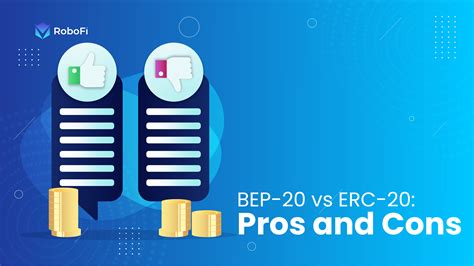“Moving Forward with Crypto: The Rise of BEP2 and MOVE”
The world of cryptocurrencies is constantly evolving, with new technologies and platforms emerging daily. Two key players in this space are Binance Coin (BEP2) and Ethereum’s native cryptocurrency, Ether (ETH), commonly referred to as Ether or simply “ETH”. However, a third player has been quietly gaining momentum: the decentralized exchange (DEX) protocol known as MOVE.
What is BEP2?
BEP2 stands for Binance Smart Chain, which was launched in 2020 by Binance, the world’s largest cryptocurrency exchange. BEP2 is a proof-of-stake (PoS) blockchain that uses a novel consensus algorithm designed to increase security and energy efficiency compared to traditional proof-of-work (PoW) systems.
What makes BEP2 special?
One of the key factors contributing to BEP2’s success is its ability to process transactions in parallel, allowing for faster and more efficient settlement times. This feature allows businesses to move large amounts of data and assets between chains without significant latency or slowness.
Another advantage of BEP2 is its built-in security features, which include a self-contained “state channel” that protects users from malicious activity on the network. Additionally, the decentralized nature of BEP2 means that no single entity controls the entire blockchain, making it more resilient to censorship and centralization attacks.
What is MOVE?
MOVE (Mover Exchange) is a decentralized exchange (DEX) protocol that runs on the Binance Smart Chain (BEP2). The protocol was launched in 2021 by several prominent developers in the Ethereum ecosystem, including Ethereum co-founder Vitalik Buterin.
MOVE provides a secure and efficient platform for trading various cryptocurrencies, including Ethereum-based tokens like Ether and ERC-20 tokens. The protocol’s decentralized architecture and use case are designed to provide liquidity to existing markets, making it easier for users to buy and sell assets without the need for central exchanges or high fees.
What is ERC?
ERC (Ethereum Request for Comments) refers to a set of standards designed by the Ethereum community to improve interoperability between different blockchain platforms. The ERC-20 standard, introduced in 2015, allows developers to create and deploy their own tokens on the Ethereum network using the ERC-20 model.
ERC has played a vital role in expanding the reach and versatility of Ethereum-based applications, allowing them to interact with other chains and platforms via standardized interfaces. This has facilitated significant growth and adoption across various industries, including gaming, DeFi, NFTs, and more.
The Future of Crypto: BEP2, MOVE, and ERC

As we move toward the next era of cryptocurrency development, it is clear that three key players are poised to shape the industry. While BEP2 is establishing itself as a robust and secure blockchain platform for transactions and data transfer, its decentralized nature and parallel processing capabilities set it apart from other chains.
MOVE, on the other hand, offers a comprehensive suite of features designed specifically for trading and liquidity provision. Its partnership with Ethereum developers has opened up new opportunities for growth and adoption across various industries.
ERC continues to evolve as a standard framework for blockchain interoperability, ensuring that developers can create seamless experiences across different ecosystems. As these technologies continue to mature, we can expect to see significant advancements in areas such as scalability, security, and user experience.
In conclusion, the rise of BEP2 and MOVE is shaping the future of cryptocurrency development and adoption.
